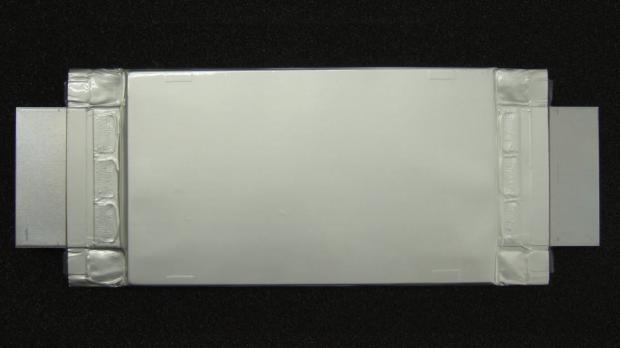
Breaking News
 Trump pardons Mets legend, 'Celebrity Apprentice' alum Darryl Strawberry over tax evasion co
Trump pardons Mets legend, 'Celebrity Apprentice' alum Darryl Strawberry over tax evasion co
 You WON'T BELIEVE How Much Money We're REALLY Sending To Israel!
You WON'T BELIEVE How Much Money We're REALLY Sending To Israel!
 China CANCELS U.S. Soybean Order?! Joel Salatin
China CANCELS U.S. Soybean Order?! Joel Salatin
 Ep 38 Jonathan Haidt: on The Anxious Generation: Childhood in Social Media Age & Fragile College ...
Ep 38 Jonathan Haidt: on The Anxious Generation: Childhood in Social Media Age & Fragile College ...
Top Tech News
 HUGE 32kWh LiFePO4 DIY Battery w/ 628Ah Cells! 90 Minute Build
HUGE 32kWh LiFePO4 DIY Battery w/ 628Ah Cells! 90 Minute Build
 What Has Bitcoin Become 17 Years After Satoshi Nakamoto Published The Whitepaper?
What Has Bitcoin Become 17 Years After Satoshi Nakamoto Published The Whitepaper?
 Japan just injected artificial blood into a human. No blood type needed. No refrigeration.
Japan just injected artificial blood into a human. No blood type needed. No refrigeration.
 The 6 Best LLM Tools To Run Models Locally
The 6 Best LLM Tools To Run Models Locally
 Testing My First Sodium-Ion Solar Battery
Testing My First Sodium-Ion Solar Battery
 A man once paralyzed from the waist down now stands on his own, not with machines or wires,...
A man once paralyzed from the waist down now stands on his own, not with machines or wires,...
 Review: Thumb-sized thermal camera turns your phone into a smart tool
Review: Thumb-sized thermal camera turns your phone into a smart tool
 Army To Bring Nuclear Microreactors To Its Bases By 2028
Army To Bring Nuclear Microreactors To Its Bases By 2028
 Nissan Says It's On Track For Solid-State Batteries That Double EV Range By 2028
Nissan Says It's On Track For Solid-State Batteries That Double EV Range By 2028
Toshiba's new fast-charging battery could triple the range of electric vehicles

Toshiba has developed a new fast-charging battery it claims could allow EVs to travel three times as far as they do now, and then be fully recharged again in a matter of minutes.
Toshiba's SCiB (Super Charge ion Battery) has been around in various forms since 2007, with its chief claim to fame an ability to charge to 90 percent of capacity in just five minutes. It also boasts a life-span of 10 years and high levels of safety, and has found its way into a number of notable EVs, including Mitsubishi's i MiEV and Honda's Fit EV.
The current SCiB uses lithium titanium oxide as its anode, but Toshiba says it has now come up with a better way of doing things. The next-generation SCiB uses a new material for the anode called titanium niobium oxide, which Toshiba was able to arrange into a crystal structure that can store lithium ions more efficiently. So much so, that the energy density has been doubled.
Toshiba has tested out a 50-Ah version of the new battery and reckon that it too boasts excellent safety and a long life cycle, retaining more than 90 percent of its capacity after 5,000 charge cycles.

 Carbon based computers that run on iron
Carbon based computers that run on iron

